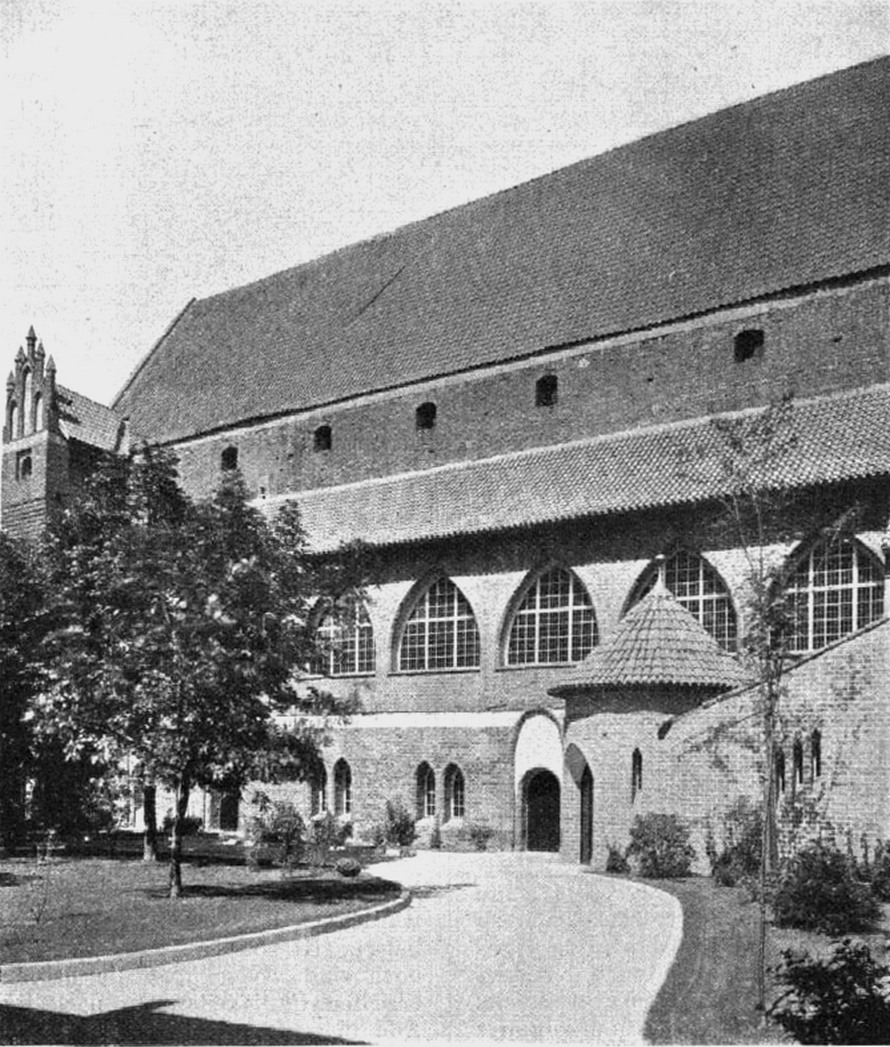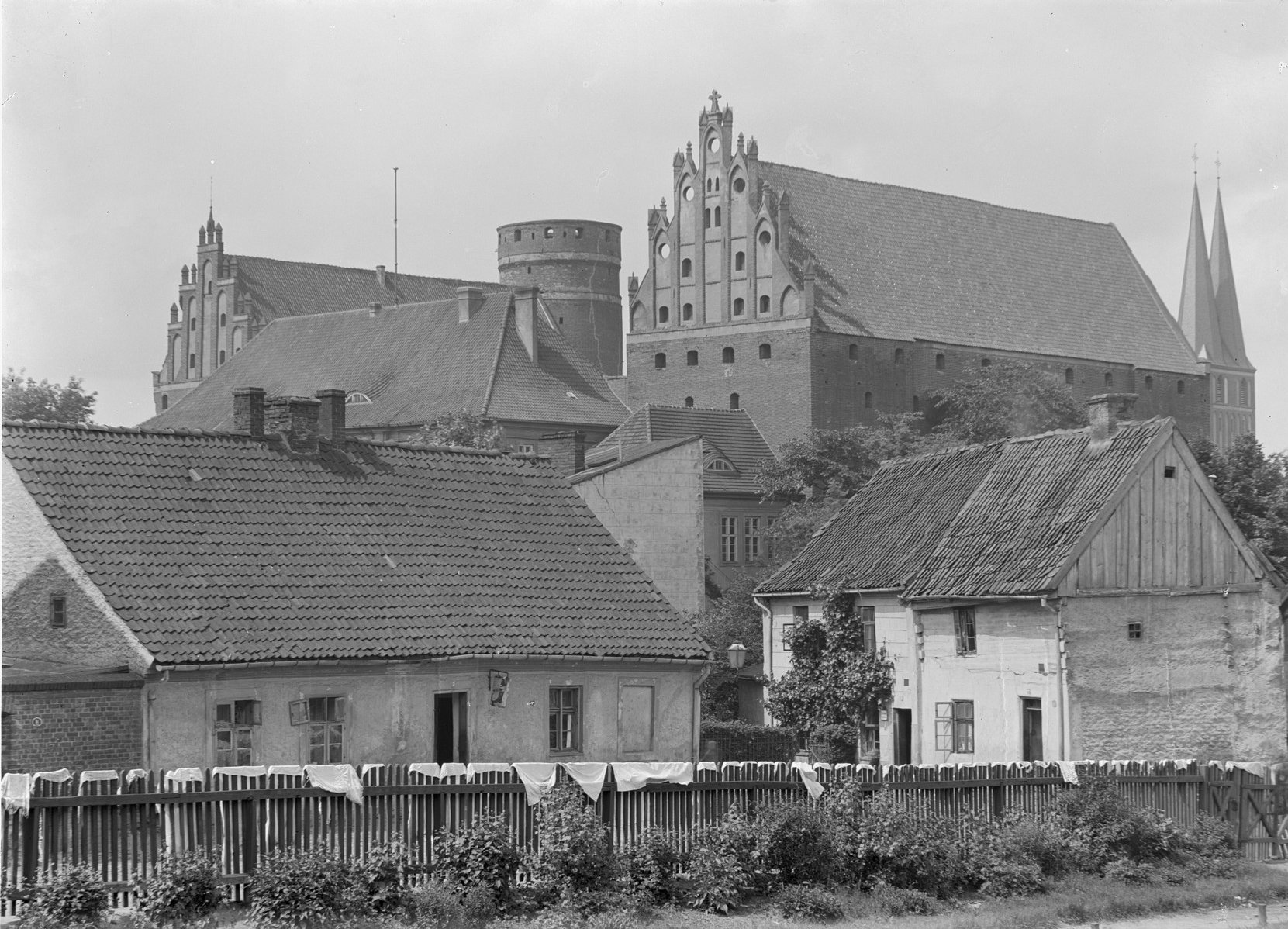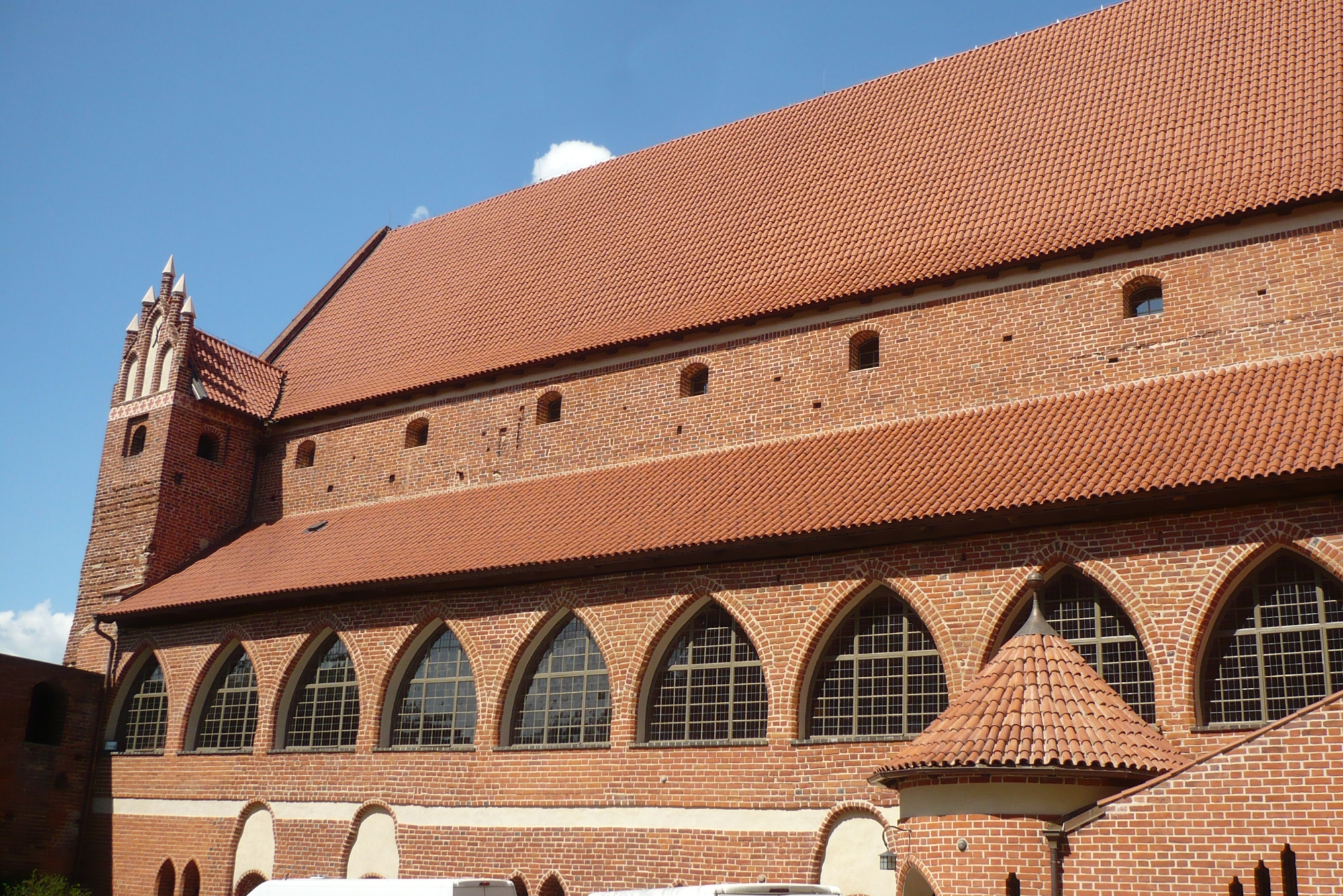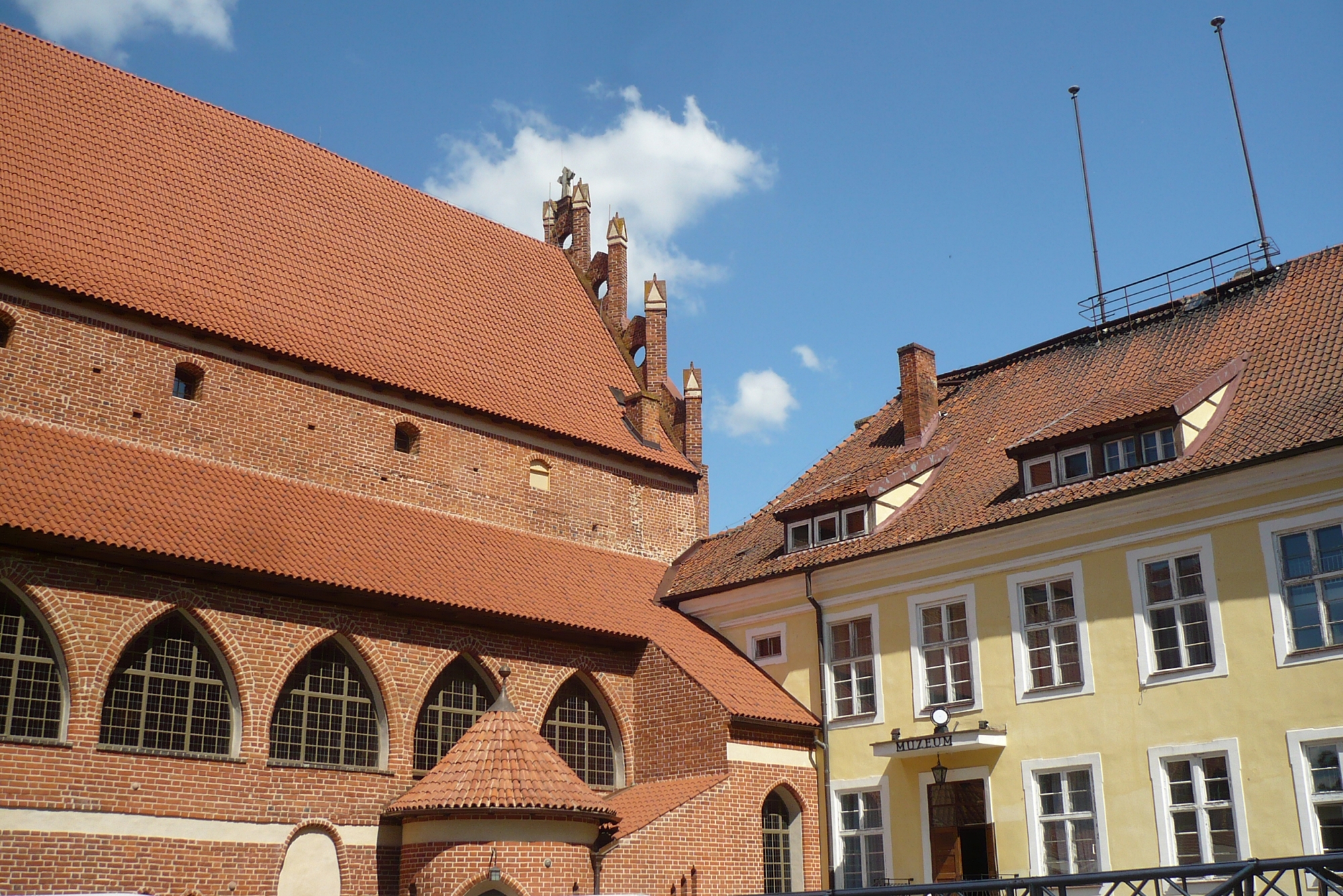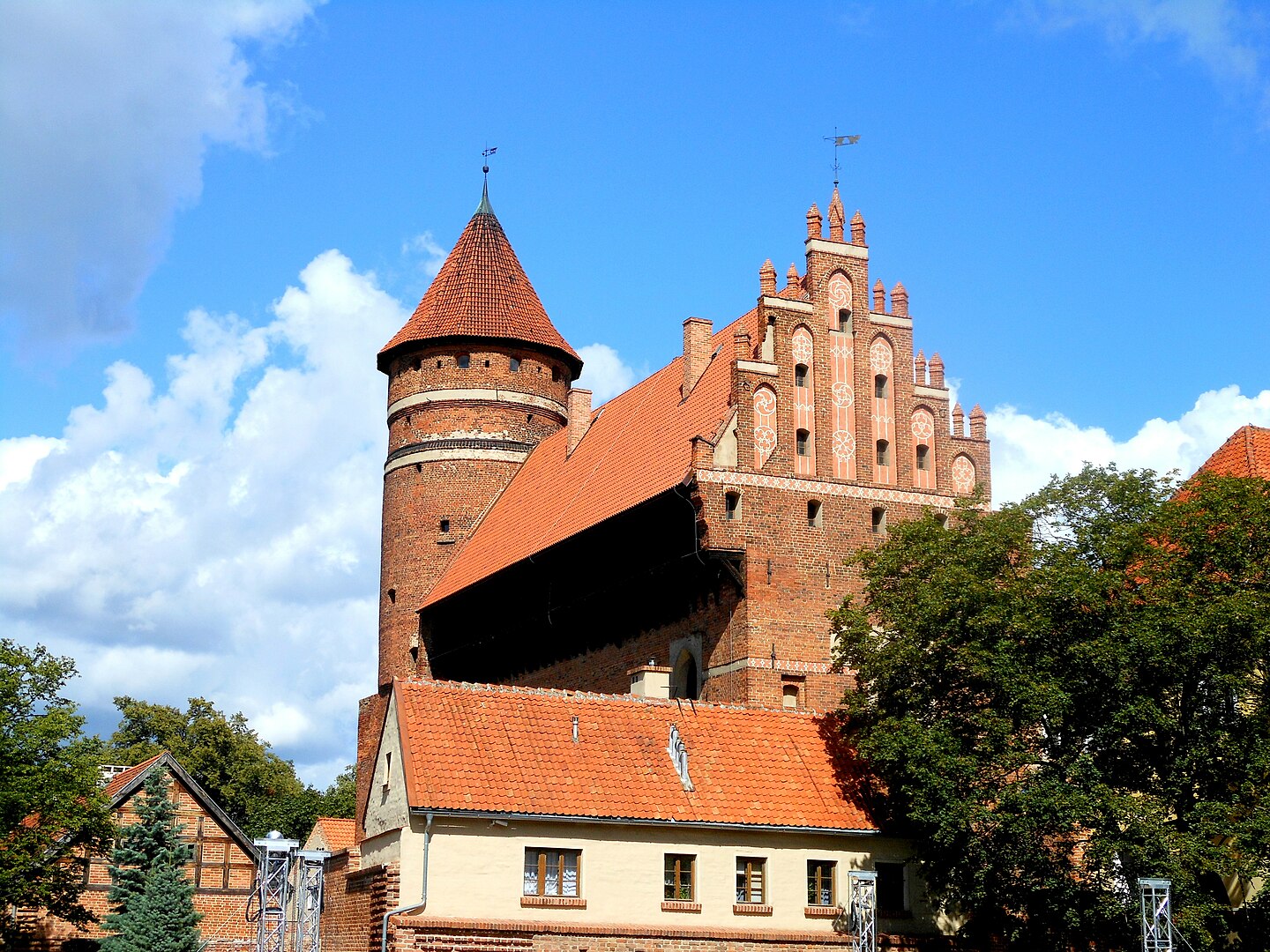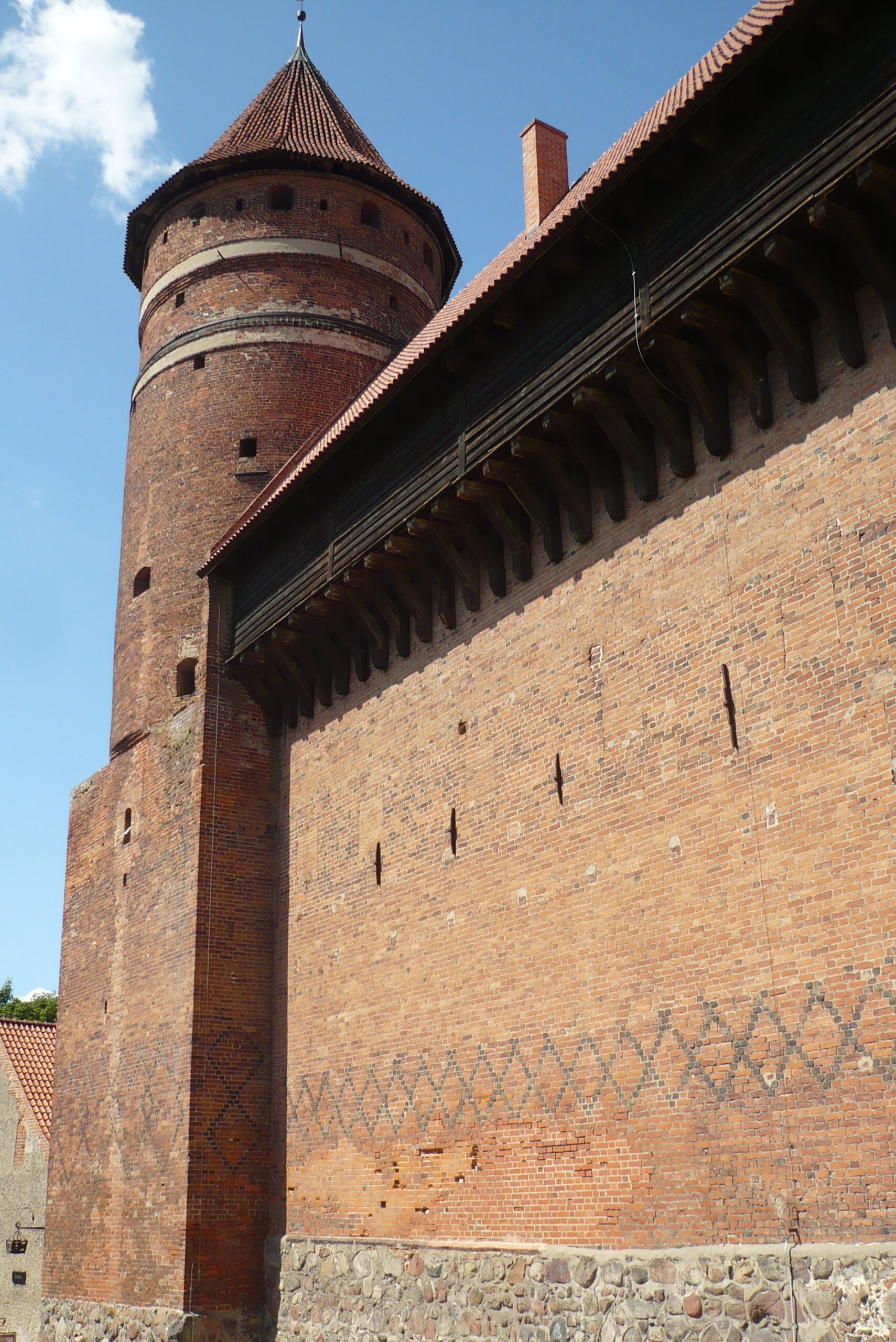The Warmia Chapter Castle in Olsztyn has been included on the list of historical monuments. The building was appreciated, among other things, for preserving the Gothic fabric and for the fact that Nicolaus Copernicus lived and worked there. It is the 125th monument with this title and the seventh in Warmia and Mazury
The Gothic fortress is the oldest building in the city. It was built between 1348 and 1353, when the city was granted town rights. The castle belonged to the Warmian chapter, which was under the military protection of the Teutonic Order. For this reason, it played a significant role during the Polish-Teutonic wars
Olsztyn Castle in the background of the city. Monika Towiańska, CC BY-SA 4.0, via Wikimedia Commons
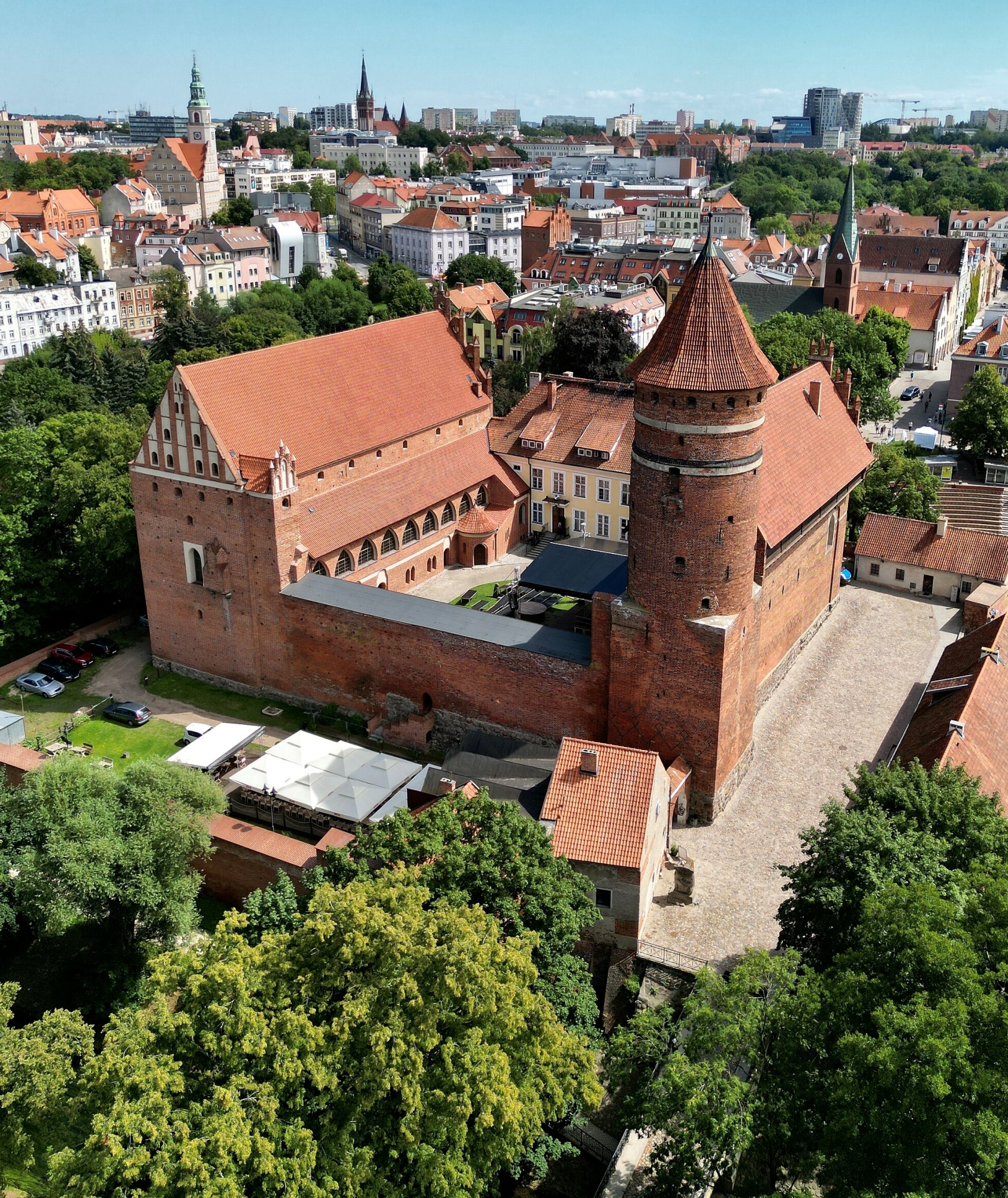
From 1516 to 1521, with a short break, Nicolaus Copernicus was the administrator of the Olsztyn bailiwick. His duties included settling peasants on abandoned farms. In Olsztyn, Copernicus conducted observations of the sky in the castle and carved a plaque on the cloister, which probably helped him to determine the day of the spring equinox. This is the only piece of Copernicus’ astronomical aid that has survived to this day. Over time, the building lost its military significance and became unsuitable for residential purposes. In 1758, a new palace wing was built, at the same time removing the sub-garden and part of the walls. Between 1901 and 1911, in connection with the election of the castle as the seat of the president of the Olsztyn regency, a general renovation of the castle was carried out. At that time, its appearance was slightly changed, but the most valuable features remained intact. In 1921, a museum was placed in the halls of the castle, which it remains to this day as the Museum of Warmia and Mazury
Other historical monuments in the Warmian-Masurian Voivodeship include the fields of Grunwald, the Elbląg Canal, the Cathedral Hill in Frombork, the castle of the Warmian bishops in Lidzbark Warmiński and the Baroque Marian sanctuaries in Stoczek Klasztorny and Święta Lipka
Original astronomical plaque of Nicolaus Copernicus. Ludwig Schneider, CC BY-SA 3.0 via Wikimedia Commons
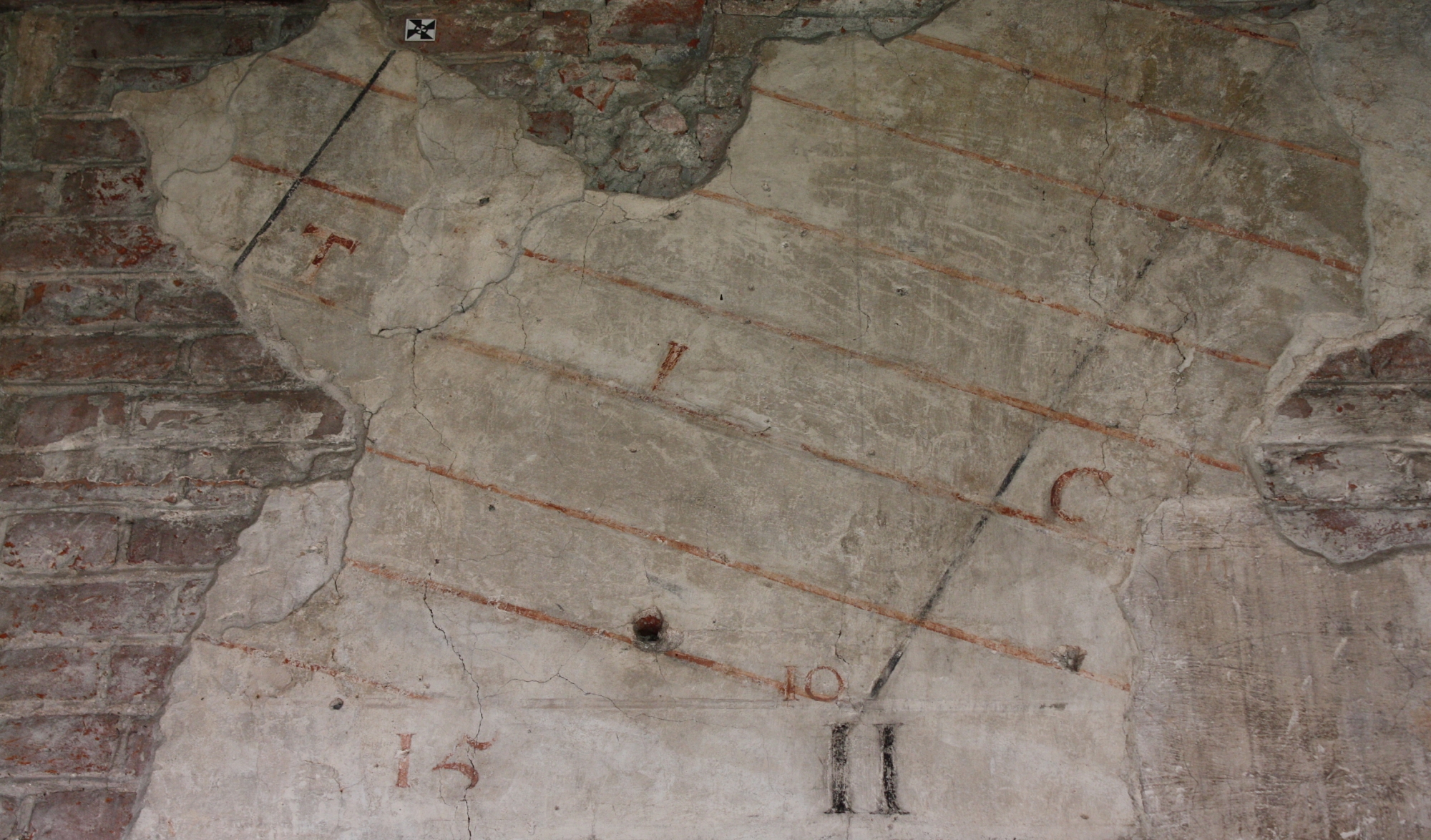
As emphasised by the director of the Museum of Warmia and Mazury, Piotr Żuchowski, the castle was included on the list of historical monuments due to its historical, artistic and scientific values and the authenticity of the building as a valuable monument of Gothic architecture and a place of administrative and scientific activity of Nicolaus Copernicus. He also announced that he would strive to have the Warmian-Masurian Voivodeship finally included on the UNESCO list. It would include the Frombork Hill and the castle in Lidzbark Warmiński and Olsztyn as places architecturally and temporally linked to the famous astronomer
Source: gazetaolsztynska.pl, museum.olsztyn.pl
Read also: Architecture | Monument | History | Olsztyn | Brick | Curiosities


